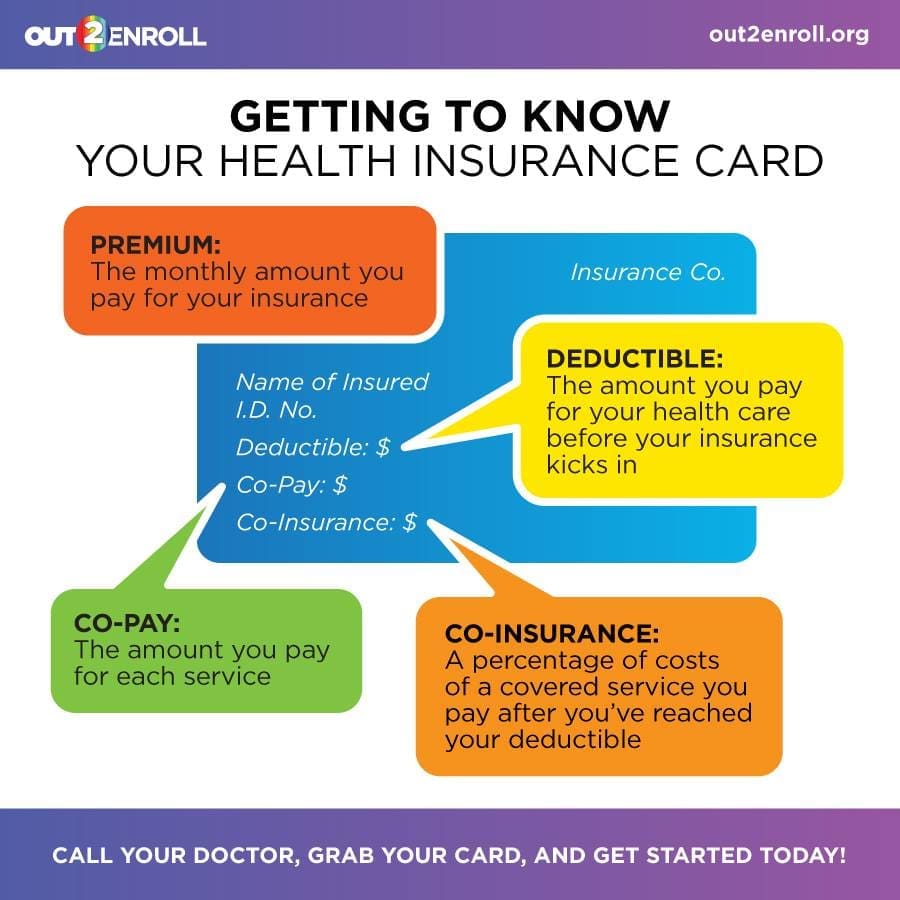 By Ashley Slupski
By Ashley Slupski
First of all, congratulations! You did it! You took the first of many steps to living your healthiest life by getting health care coverage (and avoiding a hefty tax penalty).
If you missed the Open Enrollment deadline, you may still be qualified for a Special Enrollment period because of a life change or a loss of insurance coverage. This year, a special enrollment period will be available to anyone who was auto-enrolled in a plan because their previous plan was discontinued – including many people living with HIV and receiving Ryan White benefits.
Here are some ways you can make your health care coverage work for you:
1. Make your first premium payment. Paying your premium affects when your coverage starts and if you don’t pay your premium on time, you might lose your coverage. If your plan is canceled, you’ll most likely not be able to re-enroll until next year’s open enrollment. If you’re having trouble affording your premiums because of a life change, you may qualify for Medicaid, and make sure you’re getting assistance from the AIDS Drug Assistance Program your premiums if you qualify.
2. Find a primary care provider and specialists. Be sure your providers are in-network with your new insurance plan. If you have questions about if a service or doctor is covered or in-network, call the phone number included on your insurance card. You may also want to identify hospitals and urgent care facilities that are nearby and in-network before you need access to emergency services. Otherwise, you could be forced to pay big medical bills because you went to an out-of-network facility.
3. Plan and budget. If your plan has deductibles, co-pays or co-insurance, out-of-pocket costs can start adding up. There is no reason you shouldn’t get care just because you’re afraid of costs. Reach out to us if you have concerns about paying for HIV-related medical expenses at 312-784-9060.
4. Check the drug formulary! New insurance coverage will include a formulary – the list of prescription drugs your health insurance will cover. If you have HIV drugs or other prescriptions you take regularly, make sure they are on your insurance formulary. If they are not on the formulary, you may still be able to have them covered, but there may be delays or extreme high out-of-pocket costs. Reach out to us at 312-784-9060 with your concerns about HIV drug coverage. If you’re taking Truvada for PrEP, the PrEP4Illinois program can help you afford the cost of the medication.
5. Don’t rely on the emergency room. Now that you’ve worked to get coverage, only rely on the emergency room for life-threatening or serious medical emergencies. Emergency rooms provide the most expensive care and you may be charged more if you do not have a true medical emergency. For routine or non-urgent health issues, visit your primary care provider or a non-urgent walk-in clinic.
6. Make your first appointment. Your primary care provider is an essential part of your care team. You want to develop a good relationship them to help you achieve your health goals. When scheduling your first appointment, ask:
- Is the provider taking new patients?
- Does your provider accept your insurance plan?
- Is your provider in your insurance network?
- How will you be billed for health services and what are your options for paying them?
- What information will you need to bring when you go in for your appointment?
The chart below tells you more about how to contact your primary care doctor depending on your kind of coverage.
| Original Medicaid |
Medicaid-Managed Care |
HMO | PPO or POS |
|---|---|---|---|
|
You should be able to contact any provider directly to see if they accept Medicaid. If you call a doctor and they say they don’t accept Medicaid, they may know where else you can go if you ask.
|
You can contact your Care Coordinator for a referral to a doctor that is in your network. | You should have picked a primary care doctor when you enrolled. If you don’t know who your PCP is, call the customer service number on the back of your card. | You should be able to contact any provider directly to see if they accept your insurance. You can also check with your insurance company to see what providers are “in-network” in your area. |


